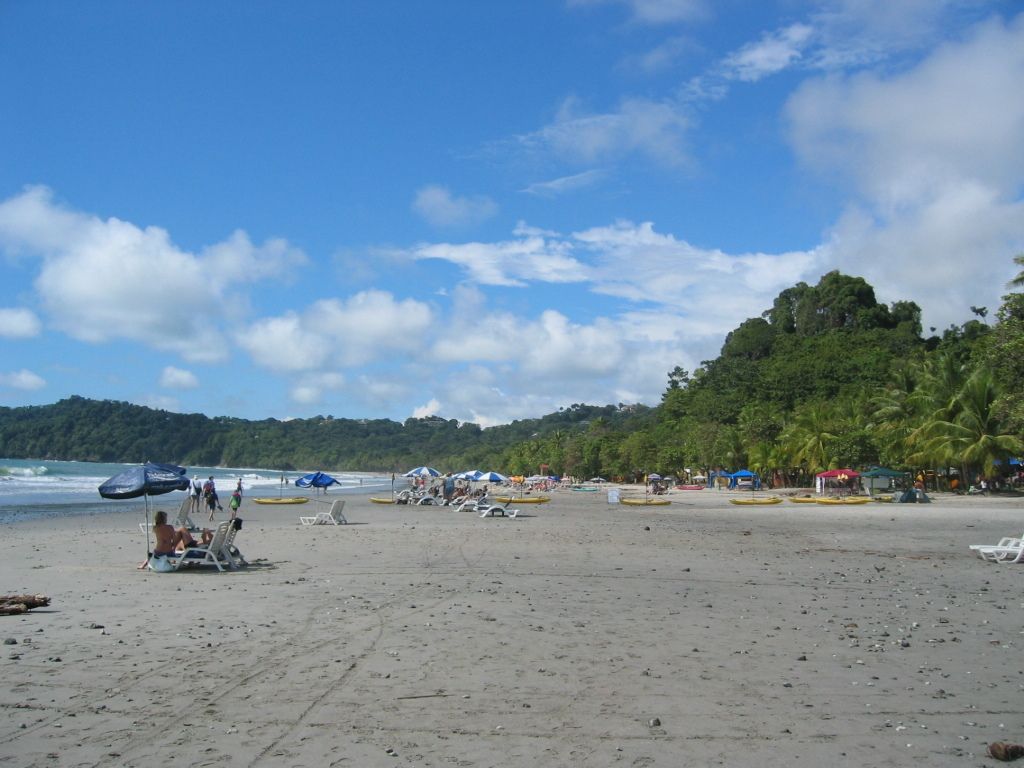Obstacles in Driving High-efficiency Data Centers via Renewable Energy Resources
The Capacity of High-Performance Servers to Utilize Renewable Energy Sources (RES) Depends on a Variety of Factors
A multitude of factors contribute to the feasibility of powering high-performance servers using renewable energy sources. These factors include geographical location, renewable energy density, geopolitical regulations, intermittency and reliability, cost, grid integration, energy efficiency, and cooling challenges.
Green hosting providers consistently face technical, economic, and operational hurdles to guarantee a steady, efficient, and sustainable power supply for their high-performance computing (HPC) systems.
Geographic Location
The potential to power high-performance servers with RES is profoundly influenced by their geographical location. For instance, areas with minimal natural sunlight or wind intensity cannot support green energy production for such servers. On the contrary, hosting companies like GreenGeeks, a pioneer in carbon-neutral services, have servers stationed in Chicago, Montreal, Amsterdam, and Singapore. According to Energy Digital, the United States is expected to be the second-best locale for RES-powered businesses by 2024, placing Canada in fifth position.
Geopolitical Challenges
The European Commission aims to have its 27 member states achieve carbon neutrality by 2050. While Germany ranks sixth in RES usage, and Spain tenth, local legislation impedes the EU from fully harnessing its green energy potential. It is estimated that meeting the 2035 RES adoption benchmark necessitates an area roughly the size of Belgium.
Renewable Energy Density
Cisco's report "Transforming Businesses with AI" indicates that 83% of executives view AI as a crucial priority for their businesses in 2024. However, energy-intensive tasks, such as AI training, necessitate a constant power source, which may not be viable with renewable resources. This is due to the fact that the locations abundant in RES are often populated with green enterprises from diverse industries.
Renewable Energy Intermittency and Reliability
Solar and wind energy sources are seasonal in their intensity, making them intermittent. These sources lack the consistency required to power high-performance servers and data centers, which necessitate a constant, dependable power source. Power fluctuations can lead to system downtime, reduced performance, and slow data transfers.
Energy Storage Options
Energy storage solutions and varied RES applications can mitigate the negative impact of RES intermittency on high-performance servers. Many eco-friendly web hosting providers have integrated large-scale battery storage systems into their infrastructure to store excess energy produced during peak production periods. A more sophisticated solution combines multiple RES with backup power from the grid to ensure a steady power supply.
Cost of Renewable Energy & Infrastructure
Although the costs of solar and wind energy solutions have decreased since the mid-2000s, the initial investment in infrastructure, such as wind turbines, solar panels, and batteries, remains substantial. This upfront capital is currently one of the primary obstacles preventing small and medium-sized hosting providers from adopting RES-powered infrastructure on a wider scale.
Grid Integration
Incorporating renewable energy into existing power grids to supply data centers and bare-metal servers is both challenging and expensive. In numerous developing regions, grid infrastructure does not support RES integration. National electric power operators face difficulty making substantial investments in updating their grids to meet modern renewable energy adoption standards. Instead, small energy utilities are employing microgrids equipped with renewable energy capabilities, primarily to help the main power grid balance the energy mix.
Energy Efficiency and Cooling Challenges
High-performance servers are inherently vulnerable to overheating. Efficient cooling systems ensure optimal functionality, but these solutions demand a stable power supply. Efficient server cooling becomes increasingly difficult when relying solely on renewable energy. Today's advanced cooling systems combine liquid, evaporative, and free cooling to improve the energy efficiency of AC units.
In closing, the challenges associated with powering high-performance servers with renewable energy are manifold but are poised to diminish in the near future. Rapid technological advancements have resulted in more energy-efficient server infrastructure, while hosting providers demonstrate an increasing commitment to carbon neutrality. Given a favorable geographical location, practical energy management strategies, and innovative cooling solutions, RES can effectively power high-performance servers.
- The location of server stations is crucial, as areas with high renewable energy density and stable weather conditions, such as Chicago, Montreal, Amsterdam, and Singapore, are more suitable for green energy production for high-performance servers.
- The European Commission aims to achieve carbon neutrality by 2050, but local legislation and grid infrastructure limitations impede the EU from fully harnessing its green energy potential.
- To mitigate the intermittency issues with renewable energy sources, energy storage options like large-scale battery storage systems can be integrated into infrastructure to store excess energy produced during peak periods, ensuring a steady power supply.








